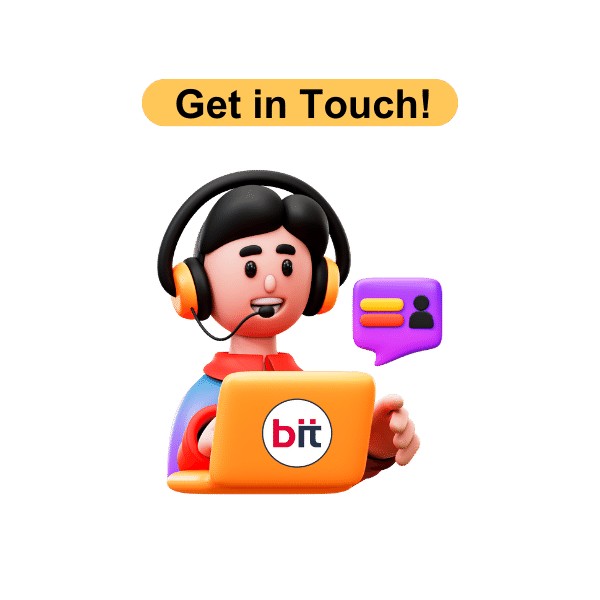The future scope and demand for Graphic Design Professional Programs are exceptionally high due to the increasing importance of visual communication across various industries. The global Graphic Design Market, valued at USD 57.5 billion in 2023, is projected to reach USD 78.25 billion by 2030, growing at a CAGR of 4.5% from 2024 to 2030. These programs equip individuals with essential skills in typography, layout design, digital illustration, and UX design. As technology advances and the gig economy rises, graphic designers find ample opportunities in advertising, marketing, e-commerce, and more, with the flexibility to work as freelancers or remotely for global companies.
Graphic Design Professional Program
Graphic Design Professional Program
Related Videos
 4.8 (21,636) reviews
4.8 (21,636) reviews
BIT Baroda's Graphic Design Professional Program is a thorough, career-oriented and placement-focused training program created to develop industry-ready skills that are suitable for the workplace. Leading design tools such as CorelDRAW for accurate vector illustration, Adobe Photoshop for sophisticated image editing and digital art, Adobe Illustrator for logo design and typography, and InDesign for professional publishing and layout design are all used by students in a hands-on learning environment with strong placement support. Get Nationally Recognized – Government-Approved BIT Certification Aligned with NSDC, Skill India & NIELIT
Read more





 Read more
Read more 
